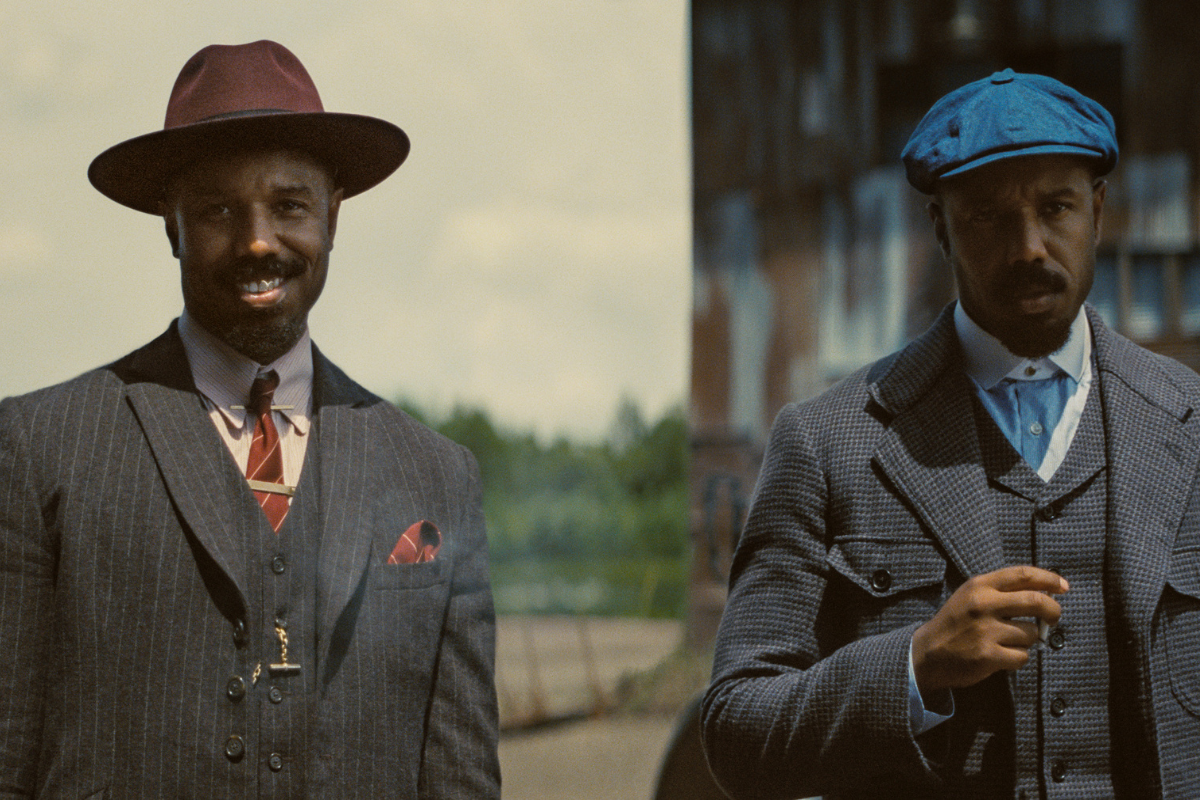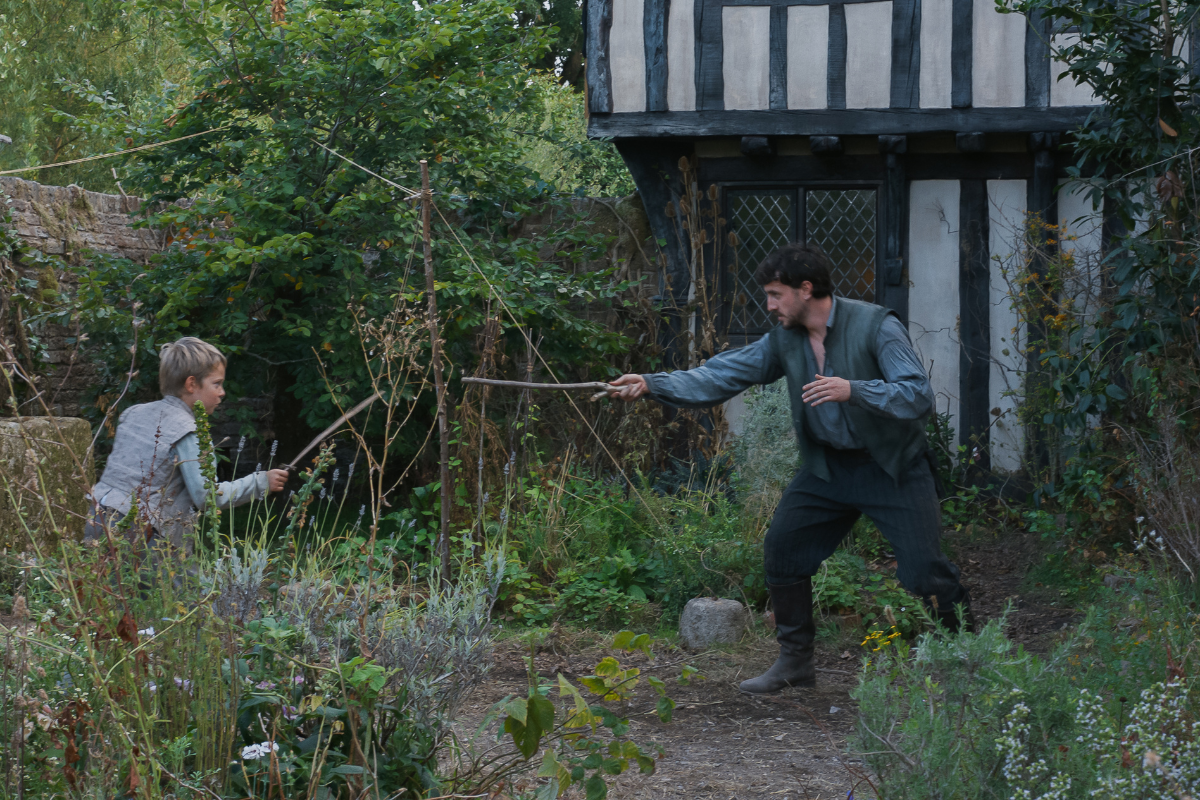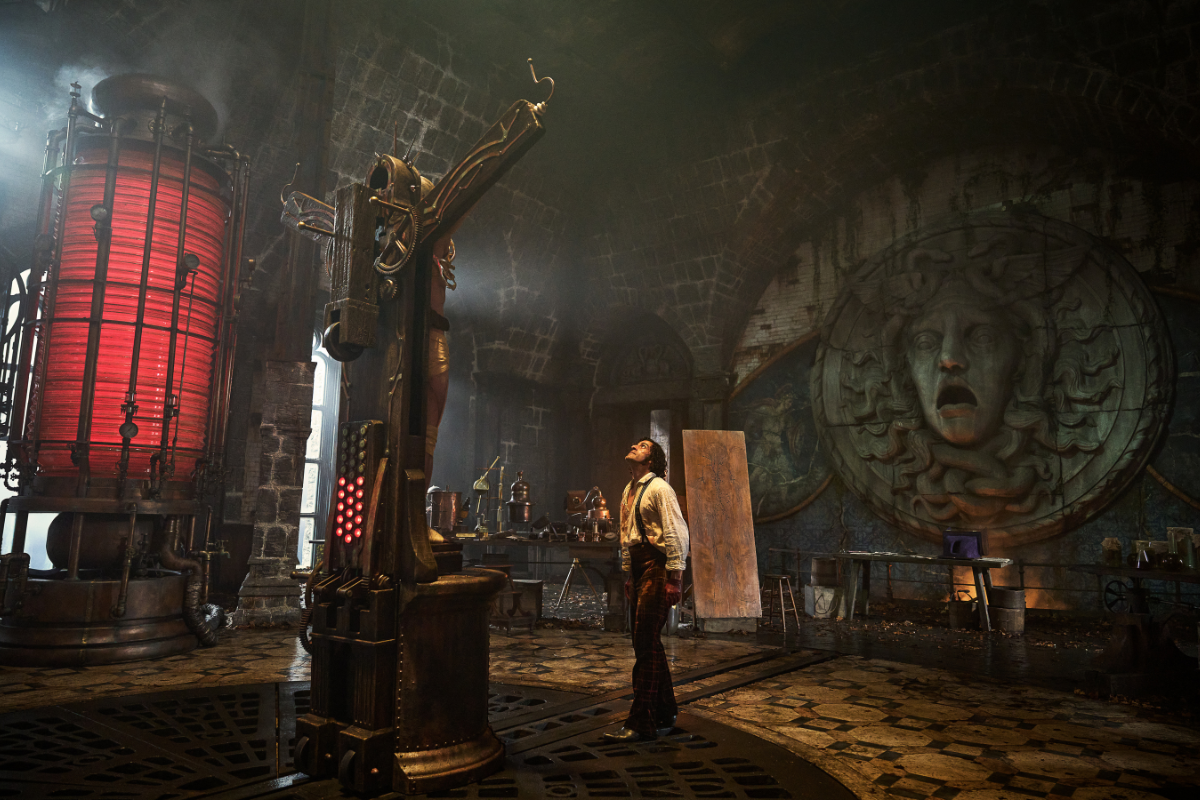What Mission: Impossible – The Final Reckoning Can Teach Screenwriters
The latest installment in the Mission: Impossible series boasts a long runtime and massive action sequences, with storytelling tricks we can study.
There will be spoilers for Mission: Impossible - The Final Reckoning in this piece.
The latest installment of the long-running Mission: Impossible film franchise, Final Reckoning, also purports to be the last installment of the series. It’s also the second part of the pair, with 2023’s Dead Reckoning acting as the first part. These two films—written by Erik Jendresson and director Christopher McQuarrie, based on the original television series by Bruce Geller—ostensibly tell the final story of IMF Agent Ethan Hunt played by Tom Cruise. IMF in this case meaning Impossible Mission Force—not International Monetary Fund. Ghosts from his past haunt him as an artificial intelligence known as “The Entity” has taken control of the information networks of the world and has begun to use disinformation to poison the minds of the people and manipulate governments. It has also begun taking control of the world’s nuclear arsenal. Because it’s essentially a giant plagiarism machine, it can put together likely scenarios the way ChatGPT can put together likely sentences, so it can largely predict what Ethan Hunt is going to do before he does it and it can set plans into motion to prevent him from stopping its master plans. But Ethan Hunt does the “impossible,” and therefore we know how things will likely end.
The key to destroying the Entity is hidden in a sunken Russian submarine, hidden somewhere beneath the ice in the Arctic. With every government against him, Ethan and his team will have to make there way to the sub, extract the original source code of the AI, get it to the bunker where the AI thinks it will be safe after it sets off the world’s nuclear supply, and trap it in a small crystalline drive like “a genie in a bottle.” The film culminates in a series of breathtaking action sequences that takes us jet-setting all over the world as Ethan and his team work to accomplish this task, and despite its close to three hour running time, economizes in clever ways that screenwriters would be wise to learn.
- Overlapping Exposition: The writers of The Final Reckoning must have been dealing with a monster of a screenplay, though so much of the final run time was consumed by spectacle and monster action sequences, it may well have been a standard 120 page screenplay, but they still had to economize with their exposition and planning. In every Mission: Impossible movie, and really any team-based objective story, there are those scenes where the team has to come up with a plan or explain it to others. With players spread across the world, this could get tiresome. One way to handle this would be the ellipsis cut that Kurosawa used in his films, where you know what a character is going to say, have them take a breath, and then cut, giving the audience the idea that they said what you expected them to. As writer and director, Christopher McQuarrie was able to cleverly intercut two people explaining the same bits of exposition with different tones in two different parts of the world, intercutting between the two seamlessly. It sped up the sequences, communicating the information in two different ways simultaneously, and sped up the running time of an already overlong film. Watch how it’s done in Final Reckoning and your time will be well spent through those scenes.
2. Overlapping action climaxes: The other thing this film does in at least a couple of places is the classic overlapping action crescendo. Like the overlapping exposition scenes, it takes action sequences in a couple of different places and intercuts them, adding to the tension. The most effective one takes place simultaneously aboard an American submarine and inside an Arctic listening post. No one did this as well as George Lucas as he intercut the finales of A New Hope, Return of the Jedi, or The Phantom Menace, but Christopher McQuarrie designed this sequence as well as anyone else could. By juxtaposing the two different sets of dramatic stakes and having them rely on each other to play out, first with the physical violence and then by the timing of how things need to work out perfectly for the plan to even work, then we have increased stakes to put the audience on the edge of their seat. It also gives you something to cut away to, and build tension that way. Bring one situation to a fever pitch and then cut back to the other situation, back and forth, until you bring the audience to a froth.
It’s clever work and excellent writing.
3. Easy metaphors: In a science fiction action film like this, you’re going to be using a lot of technobabble. It’s just the nature of the beast. Make sure you have an easy and understandable way for the audience to understand the technological gobbledygook with a metaphor a layperson would understand. This is something you see a lot in episodes of "Star Trek." They will come up with a fantastically scientific explanation for a problem and a character will say something like, “Like filling a balloon with too much air!” and the audience will instantly know exactly what they mean. In The Final Reckoning this happens with their final plan. As they work to contain the Entity into its own hard drive through a lot of scientific hokum, Simon Pegg (who gets to do this in Star Trek as Montgomery Scott, too) is able explain to the audience that it’s like capturing a genie in a bottle. It makes it understandable for the audience and the laypeople on the team.
I would argue that there are installments of Mission: Impossible that have better writing and better stakes for the character. In fact, the Reckoning duology would be at the bottom of my list of Mission: Impossible films if it weren't for John Woo’s installment. The others are a lot more exciting with a lot more character work and a lot more at stake. That’s not to say The Final Reckoning isn’t fun. It’s big and bold and has all the spectacle you want on the biggest screen possible. But as writers, it’s nice to get just a little bit more than that, I think.
Mission: Impossible - The Final Reckoning is in wide release now.
You can learn more about Bryan Young at his website.
Bryan Young is an award-winning filmmaker, journalist, and author. He's written and produced documentary and narrative feature films and has published multiple novels and a non-fiction book. He's written for Huffington Post, Syfy, /Film, and others. He's also done work in the Star Wars and Robotech universes. You can reach him on Twitter @Swankmotron or by visiting his website: swankmotron.com.







